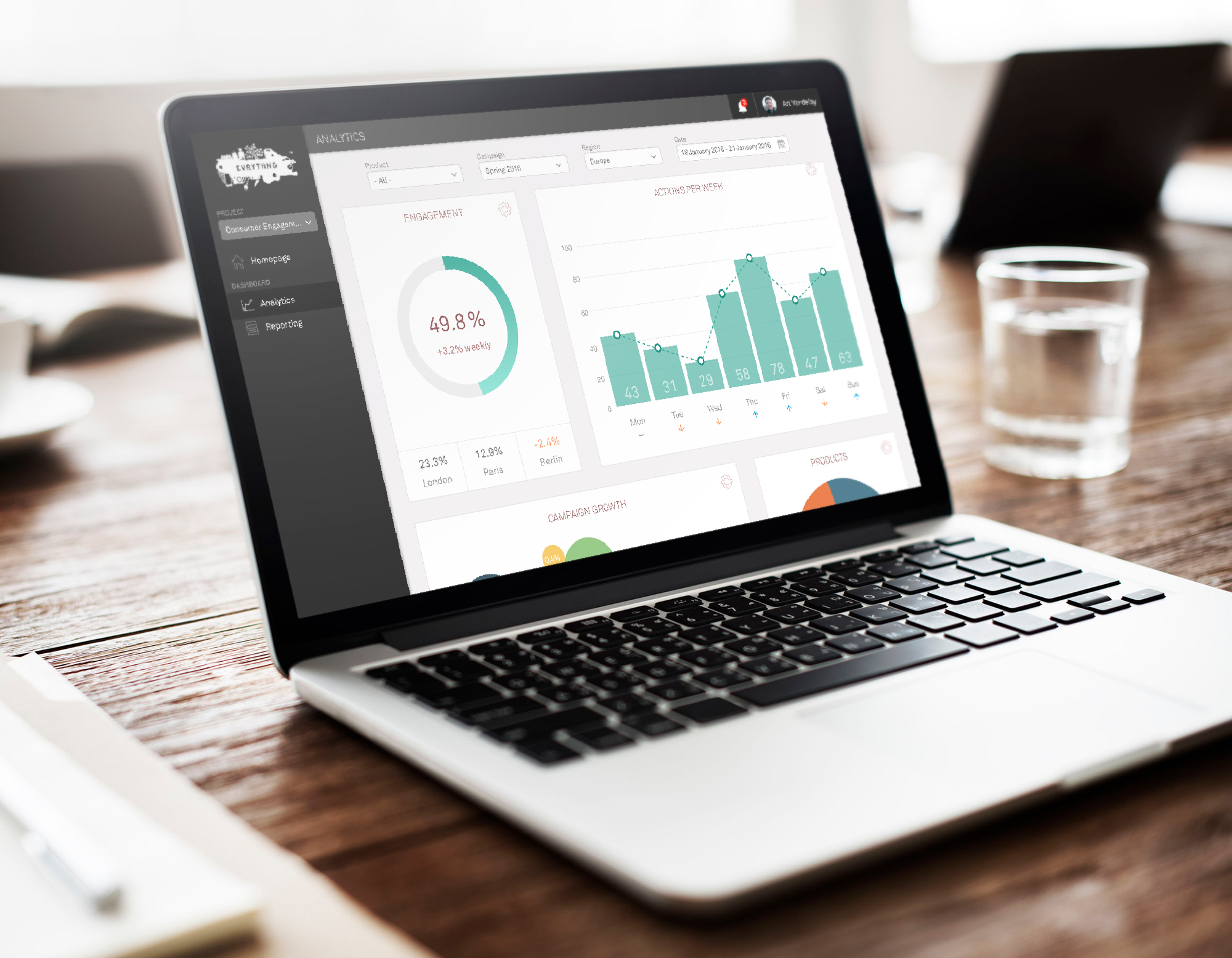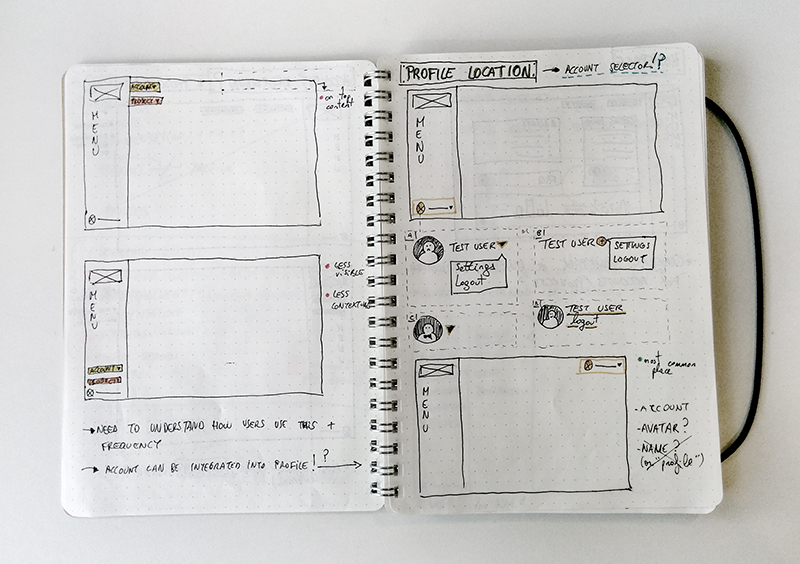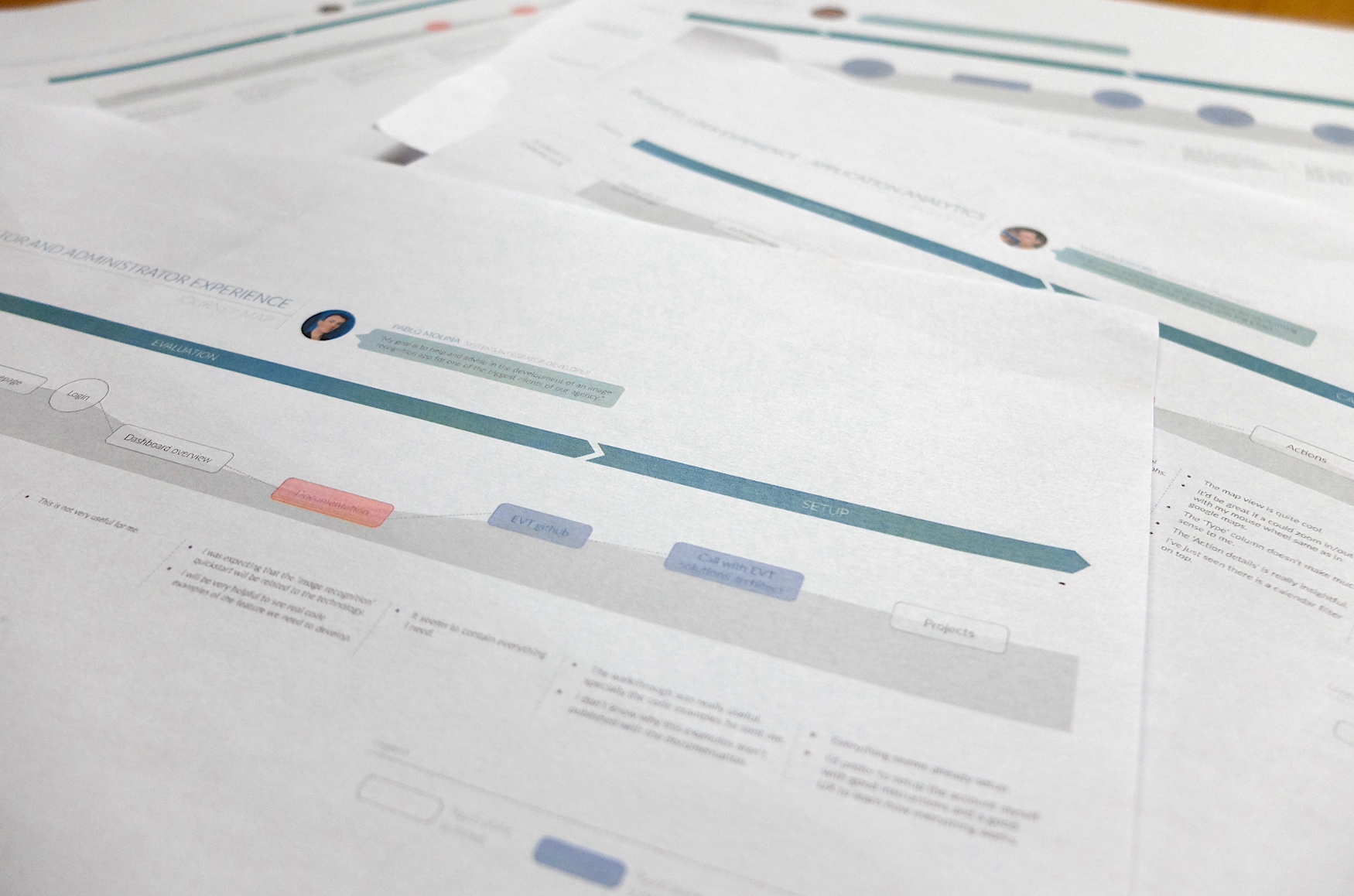
EVRYTHNG: Transforming IoT Data into a Seamless User Experience

Background
EVRYTHNG is an award-winning IoT cloud platform that connects consumer products to the web, enabling businesses to manage real-time data and drive applications. These smart products don’t just deliver connected experiences—they generate valuable insights, helping enterprises optimize operations and customer engagement.
Despite the platform’s robust capabilities, navigating and utilizing its features was a challenge. Users struggled with complex data visualization, unclear workflows, and a lack of intuitive interaction. As the first Product Designer at EVRYTHNG, my role was to untangle the product experience, advocate for a user-centric design culture, and drive meaningful improvements that enhanced usability and business outcomes.
Challenges
Through extensive user research and internal discovery, I identified several key obstacles:
My challenge was twofold
1. Redesign the product experience to make it more intuitive and valuable for users.
2. Introduce and embed a user-centered culture within the company to ensure that design thinking became an integral part of product development.

Approach & Design Process
Approach & Design Process
Deep User Research & Insights
To fully understand the platform’s users and their pain points, I conducted:
- User Interviews & Testing – Engaged directly with enterprise clients, internal teams, and stakeholders to gather qualitative insights.
- Competitive Analysis – Evaluated industry benchmarks to position EVRYTHNG effectively and identify differentiation opportunities.
- Personas & User Journeys – Developed detailed personas based on research findings, mapping user goals, challenges, and workflows.
- Information Architecture Redesign – Conducted card sorting sessions to restructure platform navigation, making it more intuitive.
Product Redesign & UX Optimization
With research insights in hand, I led the redesign of the EVRYTHNG platform to improve usability, accessibility, and engagement. Key initiatives included:
- Dashboard Redesign – Simplified the interface, improving data visualization to make complex information digestible at a glance.
- Reporting Tool Development – Created an intuitive system for users to track and analyze real-time IoT data.
- Design System Implementation – Established a scalable design framework, ensuring UI consistency across the platform.
- Usability Testing & Iterations – Conducted multiple testing sessions to refine designs based on user feedback.
Strategic Design Advocacy & Collaboration
Beyond execution, I focused on embedding design thinking into the company’s culture to ensure long-term product success. This included:
- Stakeholder Workshops – Led cross-functional sessions to align teams on user needs and business objectives.
- Client Collaboration – Worked directly with enterprise clients, gathering insights to inform roadmap prioritization.
- Internal Design Evangelism – Demonstrated the value of user research and UX methodologies, ensuring design was integrated into decision-making.

Dashboard

Reporting tool
Key Takeaways & Reflections
This project was a turning point in my career, demonstrating how strategic design can transform not just a product, but an entire company’s approach to user experience.
Key learnings from this experience:
By bringing a user-centered, research-driven approach to EVRYTHNG, I not only improved the product’s usability but also helped shift the company culture toward design-led innovation.






